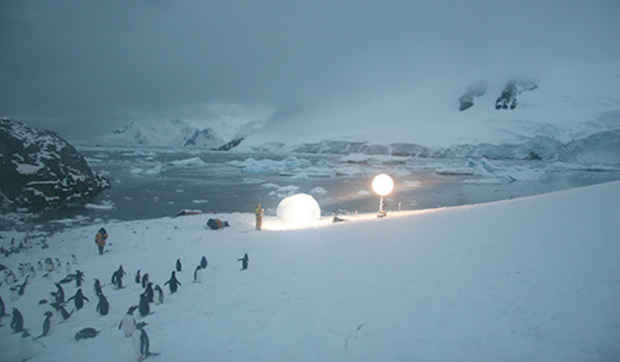“The Hidden Passengers” Exhibition
apexart

This event has ended.
Scientific research aspires to systematically build and organize knowledge, to explain and understand the universe. The role of art in scientific research was once very clear. 16th Century Belgian physician Andreas Vesalius’ detailed anatomical diagrams, for example, were produced by commissioned artists. The artists’ presence at the dissections helped Vesalius to create the first accurate set of diagrams. These drawings were not only of much better quality than those produced previously, but they were also considered instant classics.
The relationship between art and science is not as clear anymore, and yet many artists use the language, tools, and methods of scientific research. This exhibition argues that by adopting scientific practices and tools, the participating artists do not ask to understand the world as scientists or merely observe it from the outside, but rather to participate in the world as artists. Instead of striving for scientific facts and truth, artists use these methods and tools to raise unanswered questions.
In this manner artists act outside the system of institutionalized knowledge, democratize science, and challenge the understanding of who has the right to use knowledge and knowledge-making materials. They offer an alternative way to use scientific tools like expeditions, laboratories, or experiments, while reminding us that science itself was once more ambiguous.
Media
Schedule
from May 22, 2014 to July 26, 2014
Panel Discussion: Tuesday, June 10: 7-8 pm
Opening Reception on 2014-05-21 from 18:00 to 20:00